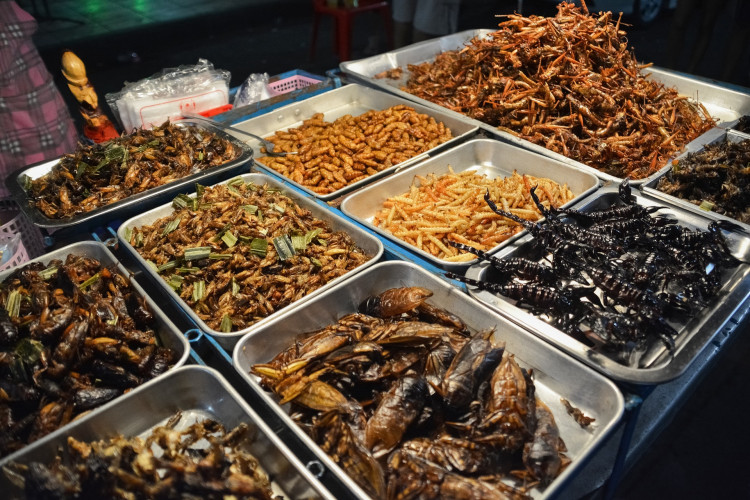Cows and pigs are high in protein, but they also produce large amounts of the heat-trapping gases carbon dioxide and methane, which they belch and emit in other ways. Getting people to eat more cricket burgers and mealworm patties could be one way to reduce such emissions while maintaining a nutritious diet.
When compared to their beefier counterparts, many insect species gain weight faster and emit fewer greenhouse gases as they grow. The tricky part, admittedly, is making them look good on a menu.
According to a new opinion paper, switching to a diet that includes insects could have additional positive effects on how we grow crops as well.
The authors discuss using waste products from the production of insects for human food and animal feed, as well as the benefits the waste could have on growing sustainable crops, in their paper.
Insect farm byproducts have the potential to provide crop farmers with an organic soil additive that promotes plant growth while also influencing the soil microbiome in a way that promotes plant health.
Insect production for food and feed typically yields two byproducts: insect exuviae and frass. Exuviae are the exoskeletons left behind after insects molt, and frass is basically insect poop and unconsumed insect food; these two by-products could become viable alternatives to traditional fertilizers and pesticides.
The application of insect-rearing byproducts to crops, according to the authors, could be a step toward a circular food system in which waste is nearly eliminated. Insects are fed waste streams from crop farming or food production, and then the insects provide food for humans and meat animals. Finally, leftovers from insect production are used to promote crop growth, completing the circle.
The next step is to persuade more people, particularly Westerners, to embrace the concept of eating insects. They are already a staple in several parts of the world.
Locusts are widely consumed in dozens of African countries, where the insects are collected early in the day before they become active, then boiled, cleaned, and salted. Caterpillars are available year-round in markets in the Democratic Republic of the Congo, while termites can be fried or sun-dried and ground into flour.
"Many people in our part of the world need to get used to eating insects, but I can tell you that I've eaten many other insect species around the globe, and I've always had a wonderful meal on them," Marcel Dicke, a plant biologist from Wageningen University in the Netherlands, and co-author of the paper, said.
The study was published in the journal Trends in Plant Science.






